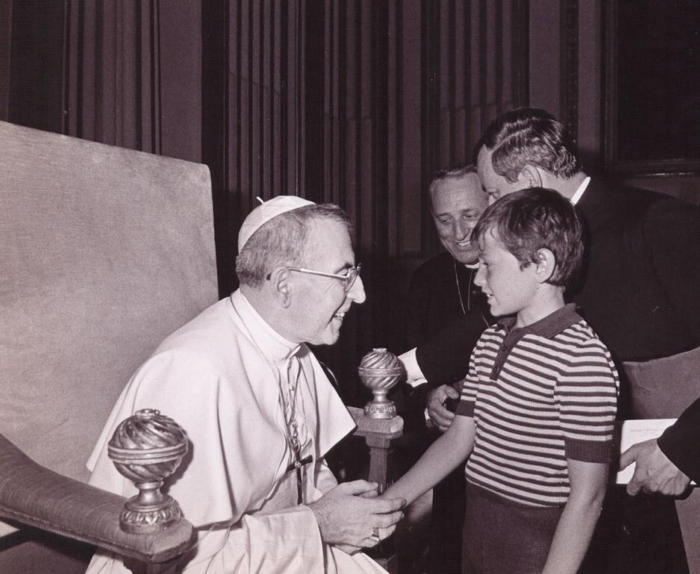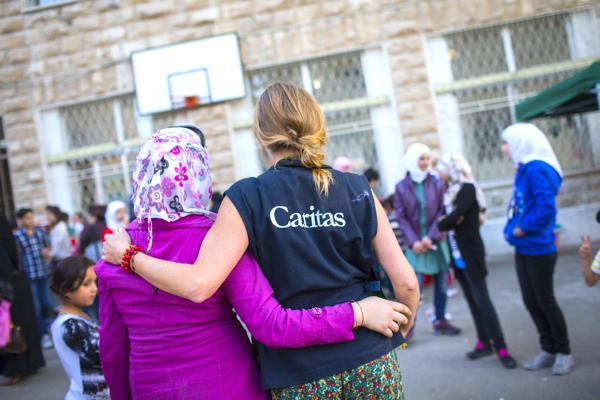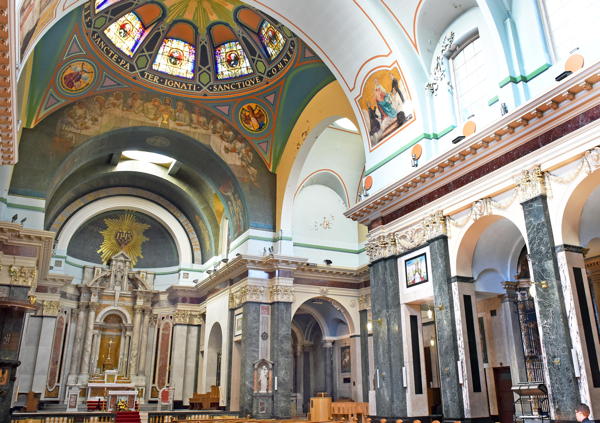
Official Journal of the Archdiocese of Glasgow
September 2022

John Paul I

I wasn’t old enough to remember where I was when JFK was shot. But I remember precisely the tea and toast I was consuming at 8am one late September morning in 1978 when the local radio news broadcast the headline, ‘The Pope is dead’.
Read more…
Day of Refugees

Dear brothers and sisters!
Read more…
Refurbishment

A £350,000 interior refurbishment of St Aloysius, Garnethill, routinely described as the most beautiful church in the Archdiocese, is currently underway which will see seven layers of paint removed dating back to 1910 when the only Jesuit church in Glasgow was built.
Read more…